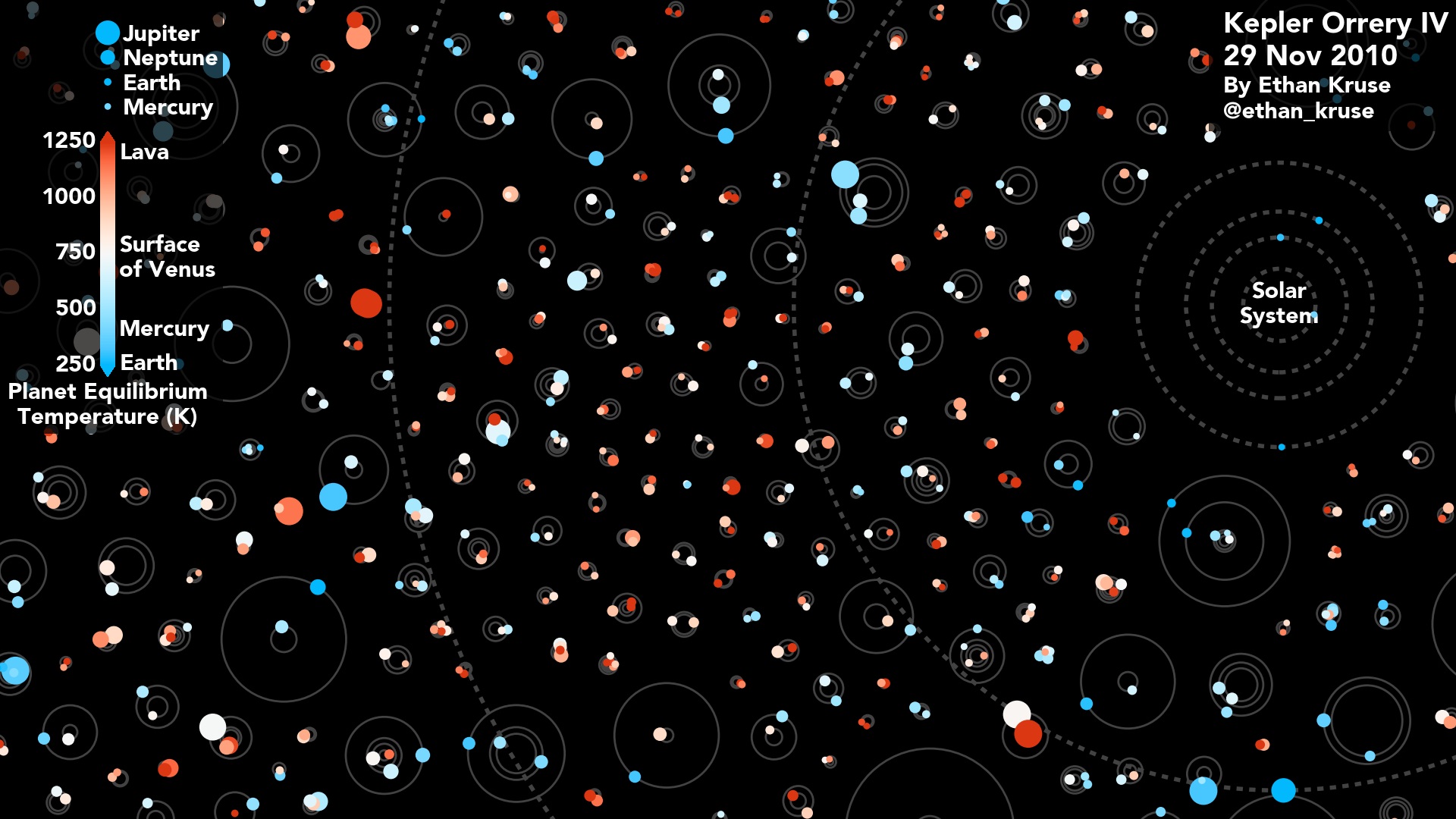How Many Planets in the Universe? | Part 1: Our Galaxy
https://www.youtube.com/watch?v=QQbp91m16Fw
---
The PHL's Habitable Universe web page provides estimates on the number of habitable worlds in the universe. Here we use the latest data and models
to estimate the number of potentially habitable exoplanets, those Earth-size planets orbiting within the habitable zone of stars, starting from the
nearby stars, our home galaxy, to the whole observable universe. All estimates show both conservative and optimistic values, which are based on
corresponding definitions of the habitable zone. So far, only up to 30 potentially habitable exoplanets have been identified, none yet Earth-like.
This page is only updated as new information is available.
The Habitable Universe - Planetary Habitability Laboratory @ UPR Arecibo
http://phl.upr.edu/projects/habuniverse
---
Tales from the Exoplanet Archive: How NASA Keeps Track of Alien Worlds
http://www.space.com/35470-exoplanet-archive-tracks-alien-worlds.html
The Milky Way is littered with a vast diversity of planets: giants that blur the line between planet and failed-star brown dwarf; tiny worlds similar in size to Earth's
moon; planets that take 100,000 years to orbit their suns or whip around in hours; lava worlds; ice worlds; and planets that circle multiple suns or whirling pulsars.
Scientists find them by watching stars that wobble, change gravity, vary in color or dip slightly in brightness. (This last strategy is employed by the most prolific
planet hunter of all time, NASA's Kepler space telescope.) And someone needs to keep track of them all. Rachel Akeson, deputy director at the NASA Exoplanet Science
Institute, leads the space agency's Exoplanet Archive, which is tasked with cataloging the ever-growing
horde of planets known to exist outside the solar system.
